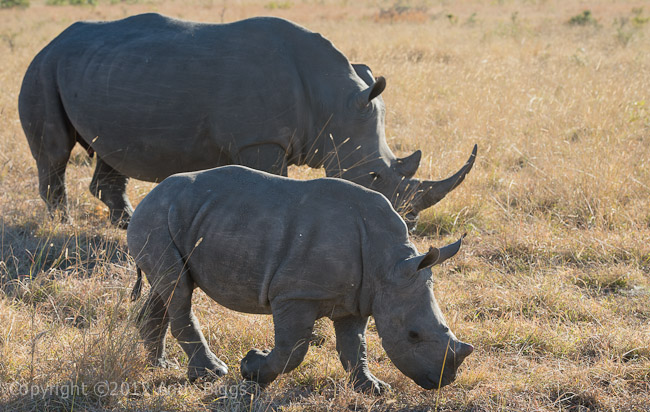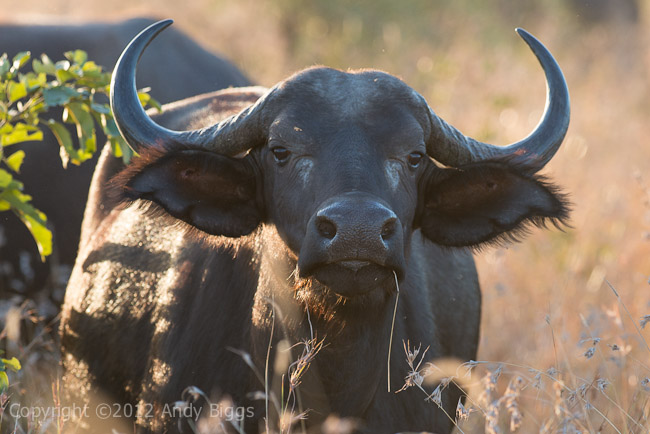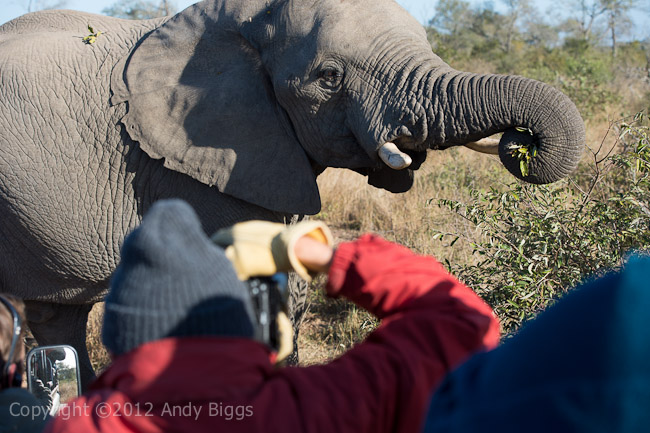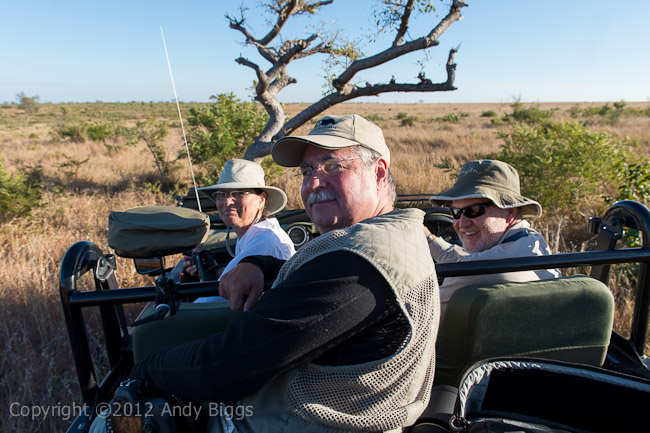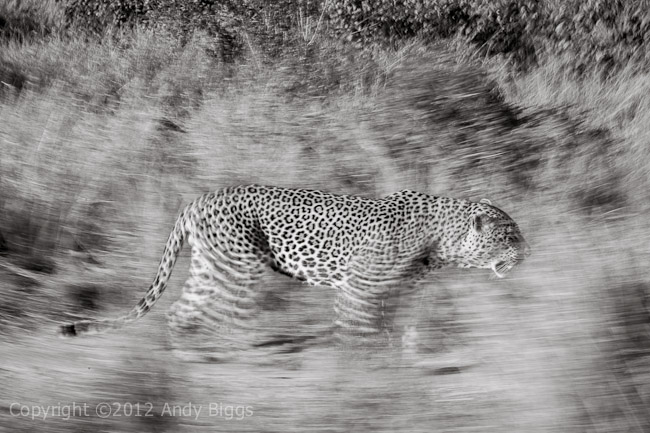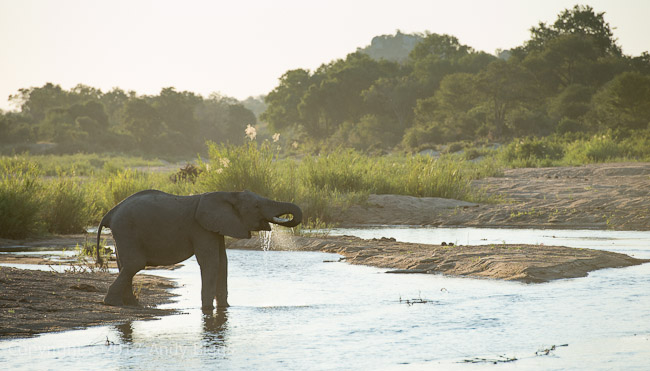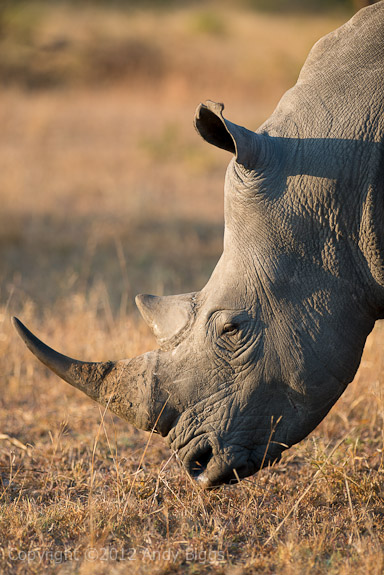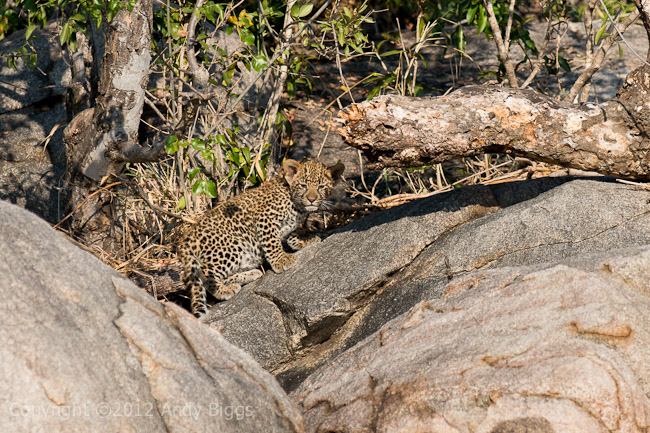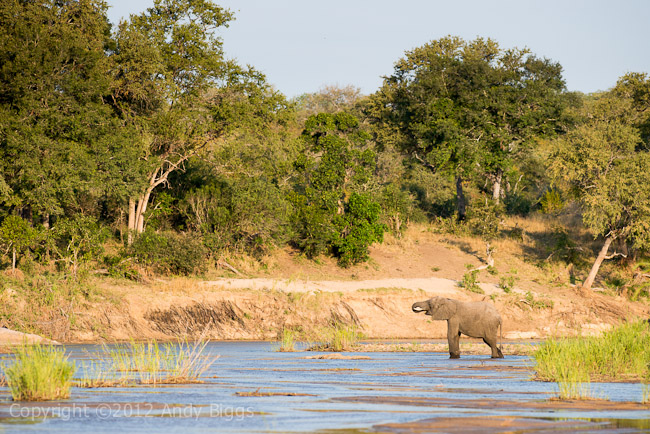Sabi Sand Safari Report - Day 8
 Sunday, June 10, 2012 at 04:41AM
Sunday, June 10, 2012 at 04:41AM Ok, let’s talk a little bit about camera gear and techie nerdy stuff. I have following gear with me:
- Nikon D4
- Nikon D800
- Nikon 16-35mm f/4
- Nikon 24-70mm f/2.8
- Nikon 70-200mm f/2.8 VRII
- Nikon 300mm f/2.8 VRII
- Nikon 1.4x TC
I have the D800 on the 300mm f/2.8 and the D4 on the 70-200mm. The reasoning is that things that move quickly will be more likely to be closer and thus need better autofocus and more frames per second with the shutter. It’s not like the D800 is a piece of junk, but the D4 really is a more professional wildlife camera. When I am reviewing my images I am emotionally responding to the D800 more favorably, primarily because of the humongous file sizes. If I need to crop I don’t feel bad about losing some pixels. Let’s be frank: cropping a 36mp raw file to a ‘puny’ 25mp isn’t a big deal at all. I love the D4, but I would be more likely to come here again with a pair of D800/D800e bodies than to have a D800/D800e and a D4. My print sales business does better when I am able to feel comfortable about printing off 20x30, 24x36 and 40x60 canvas. It’s the 40x60 canvas prints that make up much of my print sales these days.
As far as today went, we had awesome leopard sightings of the Kashane male leopard, as we picked him up three times in the same day. We had a surprise bush breakfast that completely came as a surprise to the group, and it was great to see huge smiles on their faces from the unexpected treat.

A Bush Breakfast
Nikon D4, 24-70mm f/2.8, 1/250 @ f/8, ISO 320
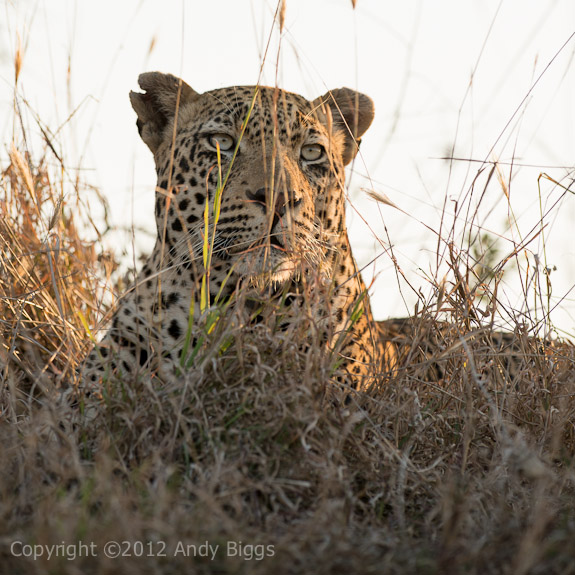
Kashane Male Leopard In The Tall Grass
Nikon D800, 300mm f/2.8 VRII, 1/500 @ f/4.5, ISO 200
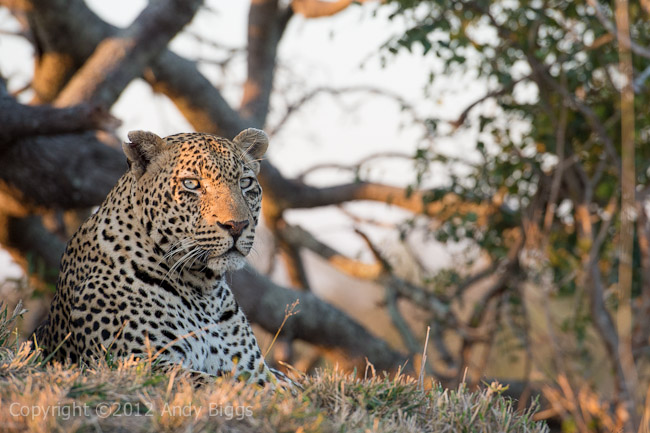
Kashane Male Leopard
Nikon D800, 300mm f/2.8 VRII, 1/320 @ f/4.5, ISO 800
Camera bags on this safari are sponsored by Gura Gear, which I started in 2008. Check us out. We make the best camera bags on the planet.
Some of the gear on this safari has been provided by Borrowlenses.com. I rely on borrowlenses.com for both my own needs as well as my safari travelers’ needs. When we need big lenses, cameras or anything else photographic, we turn to borrowlenses.com to help out. They are the best resource in the industry for traveling photographers.
 Sabi Sands,
Sabi Sands,  Singita,
Singita,  South Africa,
South Africa,  africa,
africa,  safari in
safari in  Safari Reports
Safari Reports 


